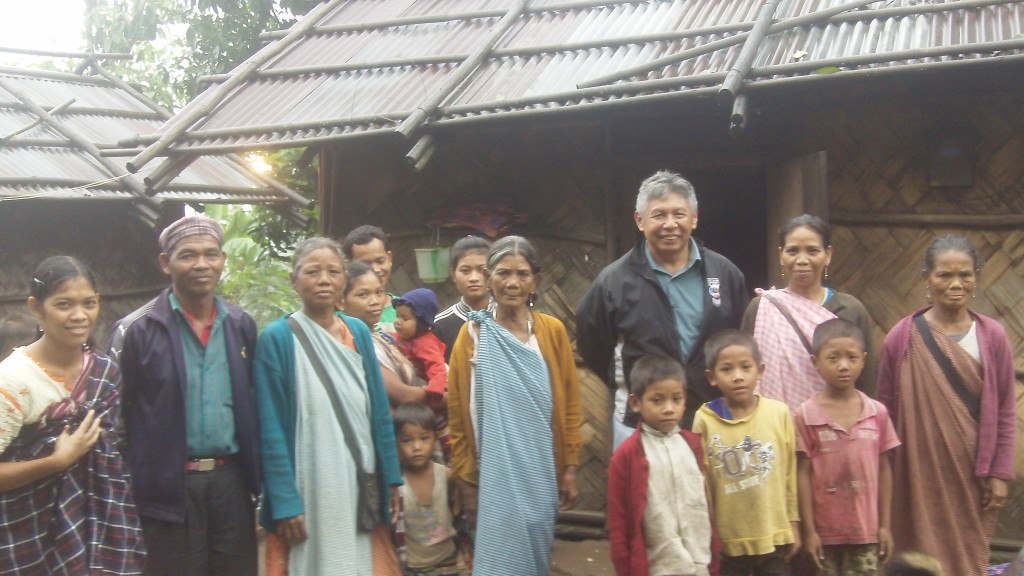
NESFAS, being eager to promote Agroecology in Meghalaya and the North East India region, took the opportunity to host and facilitate a sharing of ideas on agroecological practices in the state within the NESFAS office and with various communities. To give Dr Francisco J Rosado MayDr Francisco J Rosado May a sense of the various agricultural practices of Meghalaya visits were arranged for him to villages in the West Khasi Hills Area, Ri-Bhoi District and the Jaintia Hills District. He will also visit the Phek district of Nagaland later this month.
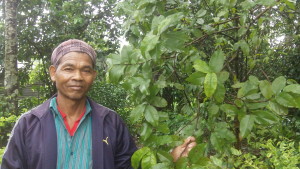
Dr Francisco’s visit to the West Khasi Hills took him to Porksai and Pyndengmawlieh in the Lyngam area on the 20th and 21st of August. The visits were received with tremendous enthusiasm by the communities. The NESFAS team members who joined him witnessed a wonderful exchange of knowledge and enthusiastic interaction. He spoke about the merging of traditional and scientific knowledge which was well accepted by the community members who were deeply impressed by his depth of knowledge. In Porksai Dr Francisco visited Custodian Farmer Protacius Puwein’s home garden. One look at the garden and Dr Francisco pointed out to those present the logical arrangement of crops within the small plot of land. He highlighted the presence of unwitting knowledge developed over generations that Bah Protacius’ and farmers like him have.
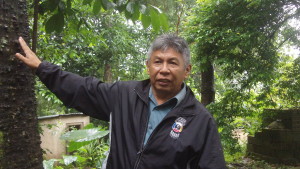
Sharing a light moment with the farmers Dr Francisco narrated a story on a tree, locally known as ‘Ka Dieng Kynah,’ he recognised from his country growing there. He shared how the tree is sacred to the Mayan people and tied to a belief that the devil that lives in the tree and attracts inebriated men in the form of a beautiful woman. Incidentally, the tree also holds cultural significance for the Lyngam people; traditionally when someone from the community passed away, the tree would be hollowed out and used as an arboreal final resting place.
Dr Francisco’s enthusiasm was palpable and his ideas flowed freely. Around the kitchen hearth at lunchtime he shared recipes for corn; a staple of his people. He was also adventurous enough to try a snack of silk-worms which he declared he enjoyed very much.
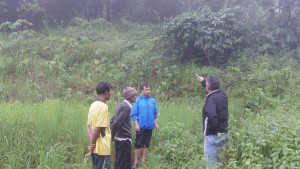
What the farmers were even more excited about was that Dr Francisco had plenty of helpful tips and simple solutions for issues they faced in the ihum fields. As he entered one of the fields there, he immediately pointed out that the plants in the upper reaches of the slope had yellow leaves in comparison to the rest of the field, an indication of leaching of nutrients. For this, he suggested terracing of the upper areas to reduce soil erosion. As a parallel example, accompanying NESFAS staff, Pius Ranee shared how his community in Nongtraw, East Khasi Hills, already practices this.
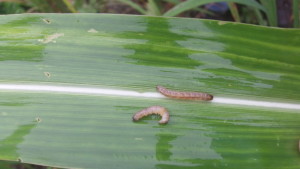
Another issue that was highlighted by the farmers was the presence of a pest, locally named ‘niang myrna,’ that destroys paddy rice and millets by eating through the stems of the plants. To begin with, he was able to tell the farmers that the insects can mostly be found in the mid-areas of the field. His solution to this was the use of the marigold plant. Apparently, the marigold has certain chemical properties which act as replant to these particular insects. Pius shared with Dr Francisco that his community too grows marigold in their jhum fields, despite it not being a food crop, indicating that perhaps that the traditional knowledge was present with his community.
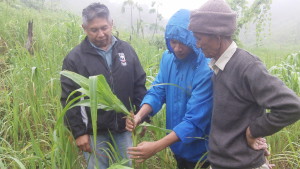
A final tip from him was the method of differentiation between hybrid corn and local corn. He showed the farmers that leaves of hybrid corn do not possess fine hair that local corns posses. These hair are poisonous and are naturally present on the leaf as a self-defense mechanism to protect the plant from pests.
All the knowledge shared by Dr. Francisco is an accumulation of his years of work with indigenous farmers in Mexico.
Reported by Pius Ranee

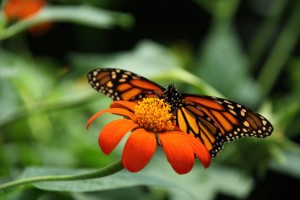
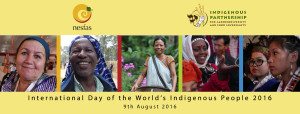
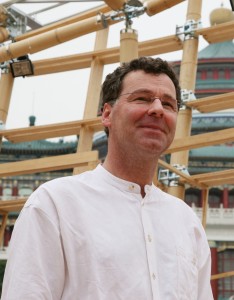
Indigenous traditional wisdom of the Khasi people is vanishing gradually with the passing away of the aged and elderly and has not been properly documented. The art of making gunpowder from plants, iron smelting, soaps etc are lost forever. It is heartening to know that Dr.Francisco talked about ITK and I hope the members and staff of NESFAS take the initiative of documenting indigenous wisdom and analyse this wisdom whether it is relevant in the modern context, only then we can share as Dr.Francisco did.